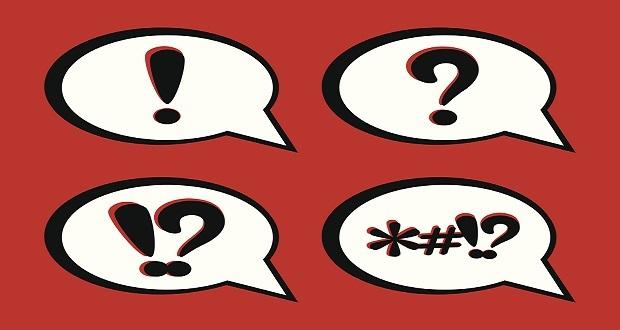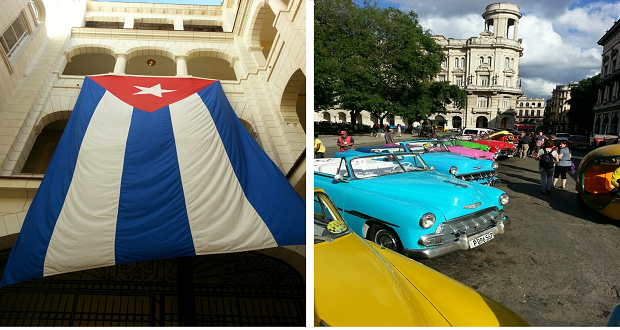
This series has been refreshing. As we sought out to accomplish at the top of this series, we are learning, unlearning, and relearning together. If it hasn’t been clear thus far, there is no proverbial “choir” in this conversation, and we certainly, are not the voice of authority. We’re leveraging our collective experiences and new learnings to work through reimagining DEI work with you.
Last week, Mary-Frances challenged us to adopt new, more ‘radical’ language in our DEI lexicon and ‘corporate speak.’ She offered that understanding whiteness and white supremacy is critical to making true progress. I agree—if we do not boldly ‘name’ the root causes of inequities and exclusion, can we truly begin to boldly address them? This week, we explore white supremacy culture and begin naming the ways in which it may show up, a critical process to decolonizing DEI work.
If we do not boldly ‘name’ the root causes of inequities and exclusion, can we truly begin to boldly address them? Click To TweetThe Role of Culture
Reimagining and transforming the state of anything—whether an industry or organization—requires the critical interrogation of values, norms, behaviors, practices, policies and narratives—the elements we commonly refer to as culture. Culture is the fabric that holds groups of people and organizations together. Sometimes culture is obvious and visible, in terms of dress, music, and traditions. Other times it’s hard to pinpoint—it is a collection of those espoused and implied values, “unspoken rules or norms,” that we normalize under the guise of “that’s just how it’s always been,” “that’s just how it is,” or “it has always worked this way.”
Reimagining and transforming the state of an industry or organization requires the critical interrogation of values, norms, behaviors, practices, policies and narratives—the elements we commonly refer to as culture. Click To TweetCulture is ever-present, and we usually do not realize it. It is all around us, and as ‘normal’ as certain aspects of our ‘work culture,’ may seem, culture comes from somewhere. In the U.S. context, many of our dominant cultural norms derive from the beliefs and practices of white men.
So, What is White Supremacy Culture?
White supremacy culture has been broadly defined as:
“The dominant, unquestioned standards of behavior and ways of functioning embodied by the vast majority of institutions in the United States. These standards may be seen as mainstream, dominant cultural practices; they have evolved from the United States’ history of white supremacy. Because it is so normalized it can be hard to see, which only adds to its powerful hold. In many ways, it is indistinguishable from what we might call U.S. culture or norms – a focus on individuals over groups, for example, or an emphasis on the written word as a form of professional communication. But it operates in even more subtle ways, by actually defining what “normal” is – and likewise, what “professional,” “effective,” or even “good” is.
In turn, white culture also defines what is not good, “at risk,” or “unsustainable.” White culture values some ways – ways that are more familiar and come more naturally to those from a white, western tradition – of thinking, behaving, deciding, and knowing, while devaluing or rendering invisible other ways. And it does this without ever having to explicitly say so.”
Source: https://www.racialequitytools.org/glossary#white-supremacy-culture
Tema Okun and Kenneth Jones developed a list of characteristics of white supremacy culture that are common in our organizations. Their research and work present an opportunity for us, as practitioners, to identify how the norms we’ve learned and internalized oppress specific groups. A decolonial approach to diversity, equity, and inclusion work means naming the patterns of white supremacy culture and how they show up in our work.
A decolonial approach to diversity, equity, and inclusion work means naming the patterns of white supremacy culture and how they show up in our work. Click To TweetBelow is a table created by the wonderful thought-leaders at SHIFT that synthesizes some of these characteristics and how they manifest within organizations. (By the way, they have done some phenomenal work on centering REST in our work as a radical act of resistance, which I think is particularly relevant to this conversation—check it out!)

The more I read and learn, the more I’ve come to understand the ways in which I’ve internalized these norms in my work, how I lead, and even how I live (without even realizing it).
In my research, I came across another resource that offers ways to pivot from the “norm” of white supremacy culture to something different.
WhiteDominantCultureSource: Adapted for ACCE from Adaptation by Partners for Collaborative Change based on “White Supremacy Culture” by Tema Okun and Kenneth Jones https://www.cacgrants.org/assets/ce/Documents/2019/WhiteDominantCulture.pdf
I offer these resources as reflection tools to interrogate how these values and norms show up in our behaviors and perspectives (self), how we engage with others (interpersonally/group dynamics), and in much broader policies, practices, and norms (institutional). Certainly, I am not suggesting that every element of our dominant culture or structures are inherently bad, or that they don’t have value. However, I do know that if we limit ourselves to a believing that dominant cultural norms are the ‘default’ and only way, we leave no room for negotiating, interrogating, or reimagining our work and world.
Interrogate how these values and norms show up in our behaviors and perspectives (self), how we engage with others (interpersonally/group dynamics), and in much broader policies, practices, and norms (institutional). Click To Tweet If we limit ourselves to a believing that dominant cultural norms are the ‘default’ and only way, we leave no room for negotiating, interrogating, or reimagining our work and world. Click To TweetThe more we are able to identify and name oppressive structures and norms, the better positioned we can be to reimagine it all anew.
Review the resources provided above. How have these characteristics shown up in your DEI work? How you lead? How you live?
The more we are able to identify and name oppressive structures and norms, the better positioned we can be to reimagine a new. Click To Tweet




![Global D&I Trends: LGBT[QIA]: Emptying the Closet](https://theinclusionsolution.me/wp-content/uploads/2016/10/clasped-hands-rainbow-flag-620x411.jpg)













